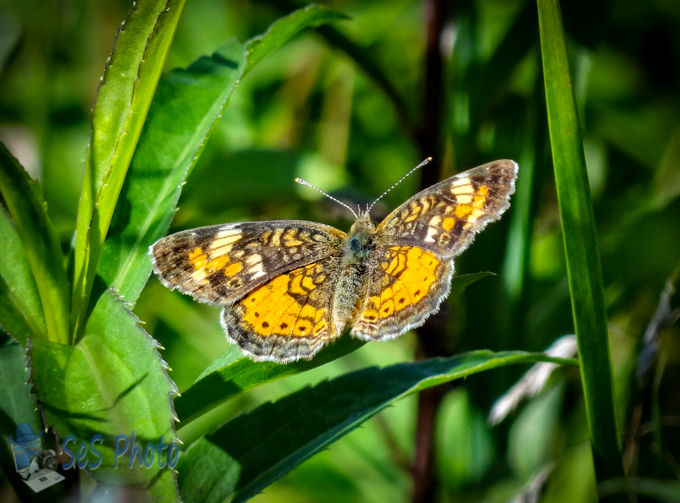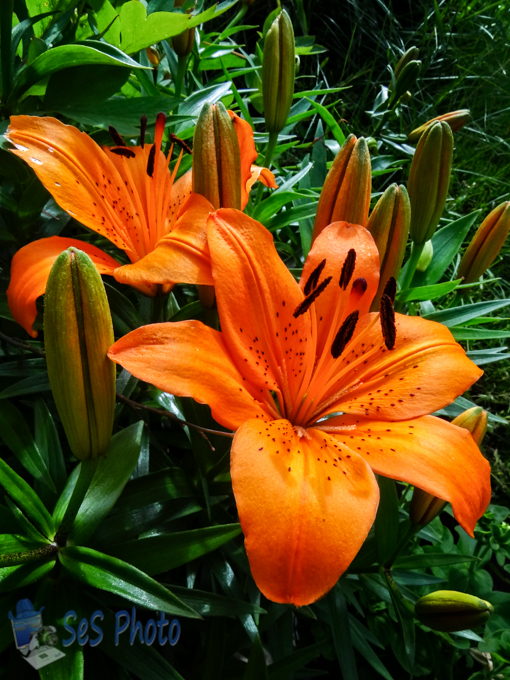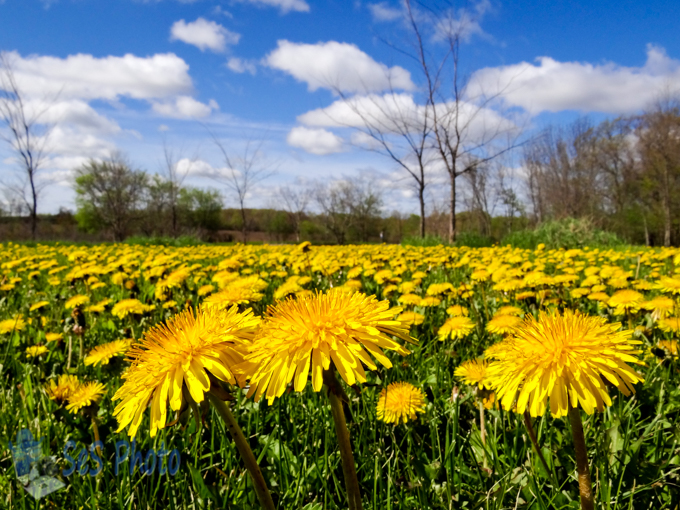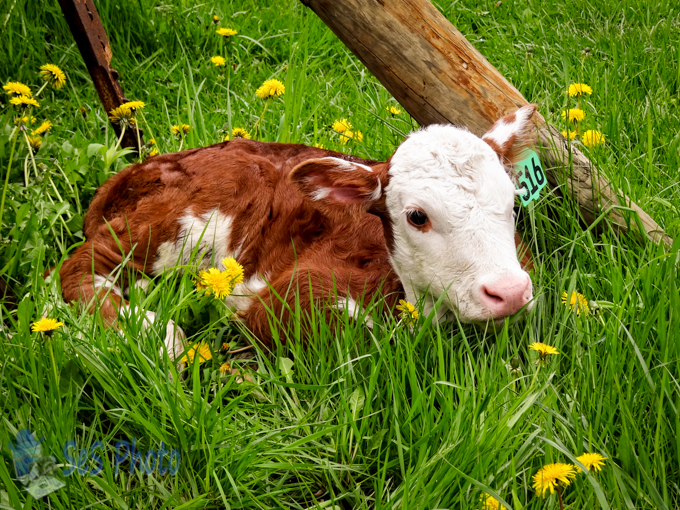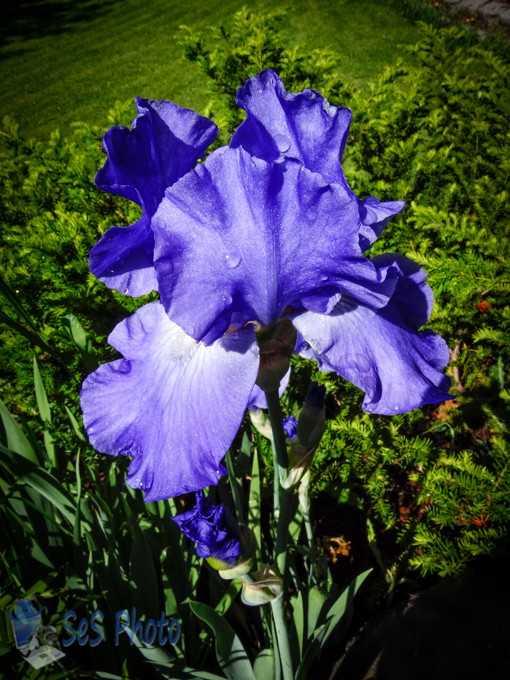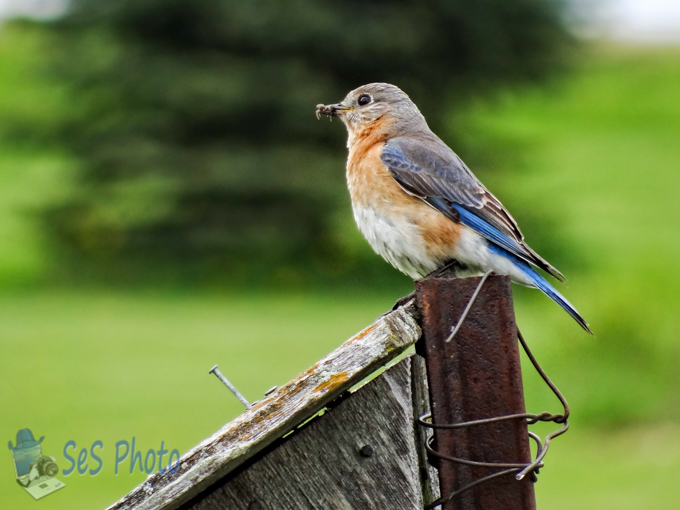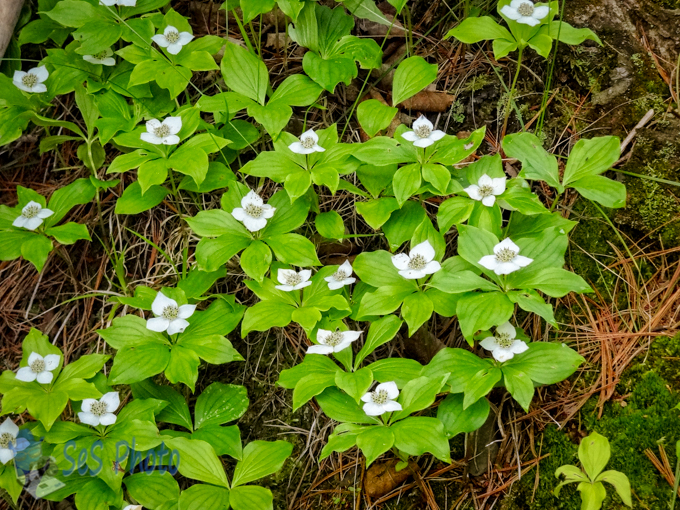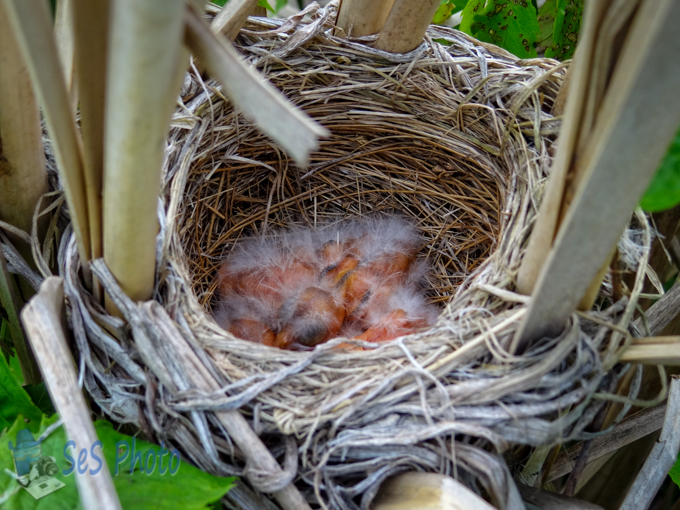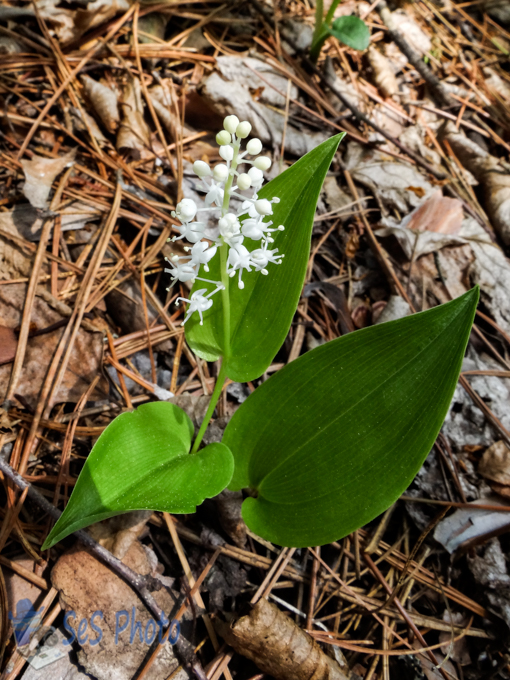With the ground covered in white again, but this time from frost instead of snow, the critters and insects are burrowed in again. The cloudless day will allow the sun to warm the temperatures and soon the chipmunks will be running around again and the flies will hang on the siding, but most likely won’t see too any bees or butterflies as there is no nectar for them to find yet. And last year, the Northern Crescent butterfly wasn’t seen in my county until May 9th so have a couple of months to wait for its appearance.
(I did see a butterfly this afternoon but wasn’t close enough to identify want kind it was though but it thinks spring is here – at least for a couple of days. Also saw the first bluebird today too.)
Northern Crescent


